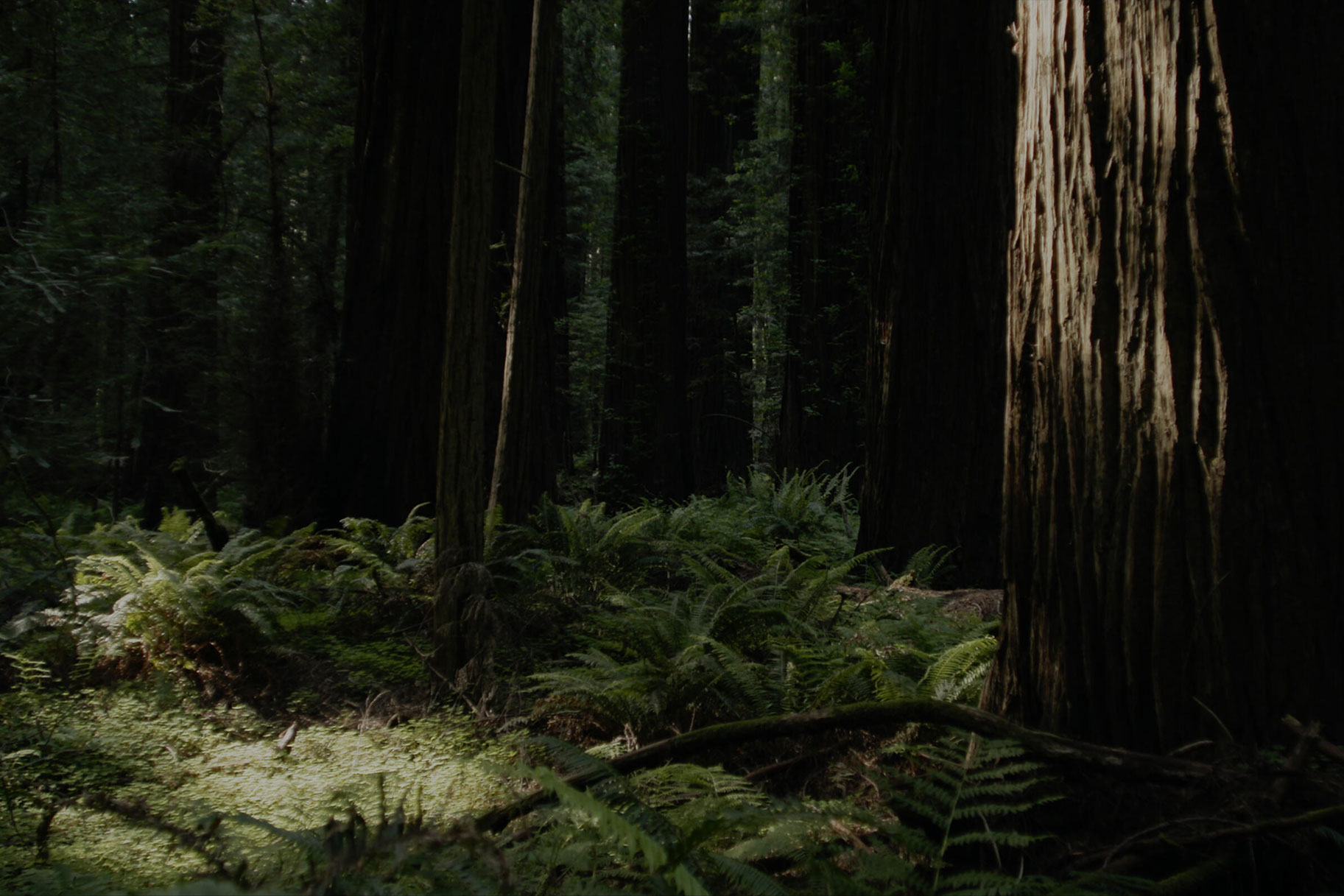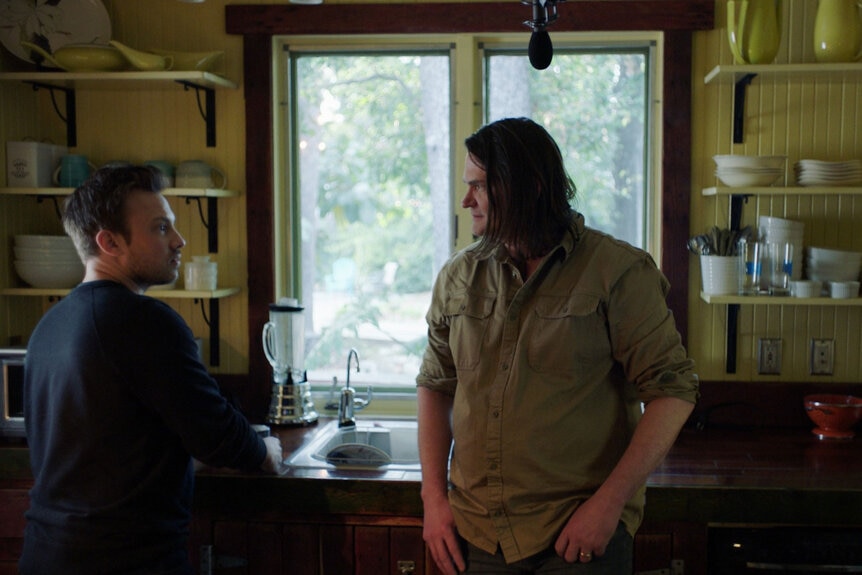Create a free profile to get unlimited access to exclusive videos, breaking news, sweepstakes, and more!
Beautiful Yet Dangerous: What Is The Emerald Triangle, The Setting Of Hulu’s 'Sasquatch?'
The Emerald Triangle, where journalist David Holthouse investigates a possible 1993 triple murder, is steeped in Sasquatch folklore, but is also a hotbed for mysterious disappearances linked to its decades-old legacy of marijuana-related crime.

Northern California's “Emerald Triangle” is considered to be one of America’s most beautiful locations — but it’s also believed to be one of its most treacherous.
The Emerald Triangle is the setting for Hulu’s “Sasquatch,” in which veteran investigative journalist David Holthouse probes a possible triple murder. Hothouse was visiting a pot farm in the area back in 1993 when he witnessed an eerie story: an apparently traumatized man explained that he discovered the remains of three men who had been torn limb from limb by what he claimed was a Sasquatch. That sent Holthouse on a quest to find the monster, or monsters, responsible.
The 1993 incident occurred in Humboldt County, which is one of three counties that makes up the so-called Emerald Triangle. The emerald in the name refers to marijuana's green color, and the area is the largest-known marijuana-producing region in the country. Despite marijuana's relatively recent legal status in Washington, the black market still has quite a hold in the area.
Many weed-growing operations are full of tales of lurking Sasquatches, preying on workers. While the series delves into the folklore surrounding the legendary creature, it dives even deeper into the dangerous environment cultivated in the area by all-too-real humans.
“Criminal organizations of all sizes and types are involved in illegal cannabis cultivation” in the Emerald Triangle, according to a 2018 Department of Justice report. As a result, the triangle has become a hotbed for violence and missing person cases. The North Coast Journal reported in 2018 that between 2000 and 2016, an average of 717 people per 100,000 had gone missing in Humboldt County annually — nearly double the statewide average of 384. While some of the missing merely went off the grid, there's a fear that others have been victimized and possibly killed by criminal elements in the region.
“There's a ton of violence, there’s a ton of missing people,” “Sasquatch” director Joshua Rofé told Oxygen.com.
The series shows the area’s unique aesthetic of hippie vibes intertwined with firearms. Rofé said it’s not uncommon to see people on marijuana farms “listening to the Grateful Dead but also carrying AR-15s.”
In the 1960s and 1970s, the triangle was mostly a refuge for hippies — a beautiful location to grow marijuana and live off the land. But what originally bloomed from San Francisco’s “Summer of Love” soon turned dark, according to the three-part docuseries, produced by the Duplass Brothers.
“One of the biggest sorts of revelations for us is what happened to this ‘I’m going back to the land’ hippie culture — how that community of people were quite literally invaded by the United States government in the name of the war on drugs,” Rofé said.
The series shows how in the 1980s, small-time marijuana growers were targeted by a state task force called CAMP, (Campaign Against Marijuana Planting). This was an operation focused on raids, arrests, and convictions, and which helped turn some farmers into hardened criminals.
“Now, your little or big cannabis patch or farm has made you a sort of next-level criminal and when you sort of treat a community of people as violently as the government did with CAMP, people who are not built for war are going to leave,” the director told Oxygen.com. “People who are built for war are going to stay and they are going to become paranoid."
"Fast forward 10 years and the people who were not cut out up there after the invasion went back to the Bay Area," he explained. "Some of the people who stayed there went deeper into the mountain and became feral.”
Rofé said he believes that the embattled farmers from that era, mixed with various criminal operations, have turned the area into a lawless place where trauma runs deep.
“I don’t think there’s one entity or one bogeyman there,” he said, explaining how the series’ quest for Bigfoot resulted in the revelation of a different type of monster. “I think it’s just a lot of people, groups of peoples and individuals doing their own thing and evidently there’s going to be overlap. Everybody wants the biggest piece of the pie so violence just sort of infused.”
The series follows Holthouse and his crew as they meet person after person who remain guarded and tight-lipped. As “Sasquatch” shows, it’s not an area where people rely on the police and murders can easily go unsolved because most everyone is reluctant to speak.
“We never felt comfortable up there,” Rofé told Oxygen.com. “We never felt safe.”
While Rofé says he's optimistic that the docuseries will shine light on the area, as did the 2018 Netflix series “Murder Mountain, he says he feels it will continue to remain wild.
“The Emerald Triangle is one of the most beautiful places on earth,” he told Oxygen.com. “But I think like everything in life, things are not always what they seem. You spend enough time with anybody and what are they going to show you? That they are a flawed human being. None of us have it figured it out, all of us are flawed even if we are inherently good and decent. The Emerald Triangle is similar to that.”


























